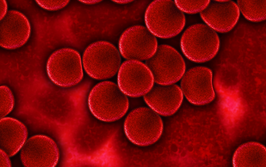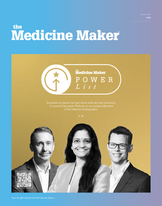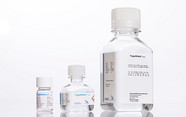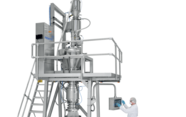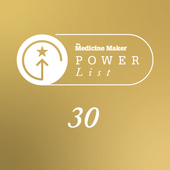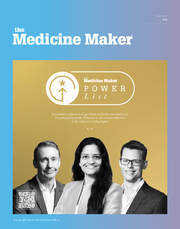Vial Wars
Study investigates why vial choices matters for frozen biopharmaceutical storage
Stephanie Vine | | 2 min read | News

Original image sourced from: Adobestock.com
Researchers from Ludwig-Maximilians-Universität and Boehringer Ingelheim have published an open-access study that explores the effect of vial quality on biopharmaceuticals stored at low temperatures. The team analyzed the suitability of various vial types for the storage of frozen drug products, considering factors such as mechanical stress during freeze-thaw cycles, vial surface characteristics, particle formation, and gas permeability.
The research comes in response to growing demand for biopharmaceutical products that require frozen storage, such as vaccines and oncolytic viruses. These products must maintain their integrity during storage at temperatures as low as –70°C, necessitating reliable container closure systems that preserve quality, efficacy, and sterility. At the same time, there are also many new types of vials being introduced to the market, such as chemically strengthened glass vials made of aluminosilicate instead of borosilicate, and polymer vials. These various vial types may react differently to freezing and thawing.
The study focused on vials made from different materials, including type I borosilicate glass, aluminosilicate glass, and several polymer-based alternatives (including vials from Schott, Corning, and West, among others). Researchers assessed the vials' surface properties (e.g., roughness, hydrophobicity, and free energy), ability to withstand freeze-thaw stress, and potential for particle formation under extreme conditions. The study also examined the integrity of vial coatings and the permeability to gases, particularly oxygen.
One key finding was that the mechanical stresses of freezing and thawing did not significantly alter the surface properties of most vials. Surface roughness and hydrophobicity remained stable even after ten freeze-thaw cycles. This was true for both glass and polymer vials, with no observable damage or particle formation in most samples. However, coated glass and polymer vials did show some instances of particle formation, particularly after drop testing at frozen temperatures. These particles were typically of the same material as the vial (e.g., glass particles from glass vials or silicon from coated polymer vials), but their occurrence was rare and not deemed critical in terms of product safety.
Regarding vial integrity, the study revealed no significant differences in container closure performance before and after freeze-thaw cycles. While polymer vials, especially those without coatings, exhibited slight increases in helium leak rates, these were well within the acceptable range as defined by compendial standards. Notably, polymer vials with multi-layer coatings showed superior oxygen barrier properties compared to uncoated versions, although some increased permeability was observed after freeze-thaw cycles.
The findings suggest that multiple vial types, including both glass and polymer variants, can be suitable for the frozen storage of biopharmaceuticals. The choice of vial should depend on specific product requirements, such as formulation sensitivity to oxygen or the need for improved mechanical resilience during storage and transport. The study emphasizes the importance of careful selection of packaging materials and the consideration of stress factors during the storage lifecycle.

Making great scientific magazines isn’t just about delivering knowledge and high quality content; it’s also about packaging these in the right words to ensure that someone is truly inspired by a topic. My passion is ensuring that our authors’ expertise is presented as a seamless and enjoyable reading experience, whether in print, in digital or on social media. I’ve spent fourteen years writing and editing features for scientific and manufacturing publications, and in making this content engaging and accessible without sacrificing its scientific integrity. There is nothing better than a magazine with great content that feels great to read.




